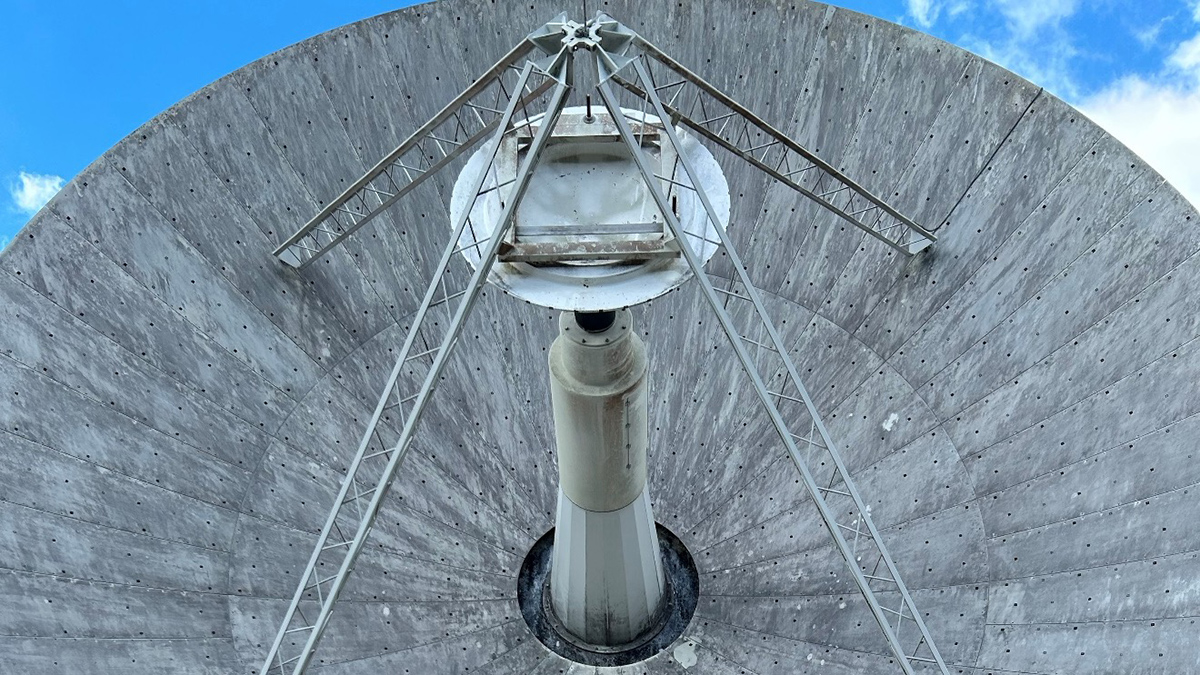After astronomers discovered exoplanets wildly different from Earth, exoplanets in science fiction became less Earth-like, too.
exoplanets
Out With the Old, in With the Cold
A 12-meter telescope at the Arecibo Observatory gets outfitted with a wideband cryogenic system to expand its capabilities.
Giant Planets May Be “Agents of Chaos”
Two studies suggest that some giants could make it difficult or even impossible for terrestrial planets to remain in a star’s habitable zone.
These Four Exoplanets Have Wild, Rocky Weather
On many exoplanets, conditions are so exotic that minerals form clouds and fall as rain. Recent studies revealed the rocky weather on these four exoplanets in more detail than ever before.
Rogues’ Gallery Comes in Pairs
A new trove of free-floating planets, smaller and paired up more than expected, challenges stellar and planet formation models.
La canción de hielo y fuego del criovulcanismo
Las lunas oceánicas del sistema solar exterior nos dan pistas sobre volcanes de hielo, fuentes hidrotermales, y la tentadora posibilidad de habitabilidad.
Cryovolcanism’s Song of Ice and Fire
Ocean moons of the outer solar system hint at ice volcanoes, hydrothermal vents, and the tantalizing chance of habitability.
Astronomers May Have Spotted the Birth of a Planet
Lumps of dust are spiraling around a young star 5,000 light-years away. They could be Jupiter-like planets in the making.
Subsurface Oceans Could Boost Exoplanet Habitability
Researchers have shown that oceans buried below layers of ice are more common than previously thought.
A Planet Is Dramatically Losing Its Atmosphere
Helium that was once part of the atmosphere of the extrasolar planet HAT-P-32b is being ripped away and forming two giant streamers of gas several million kilometers long.










